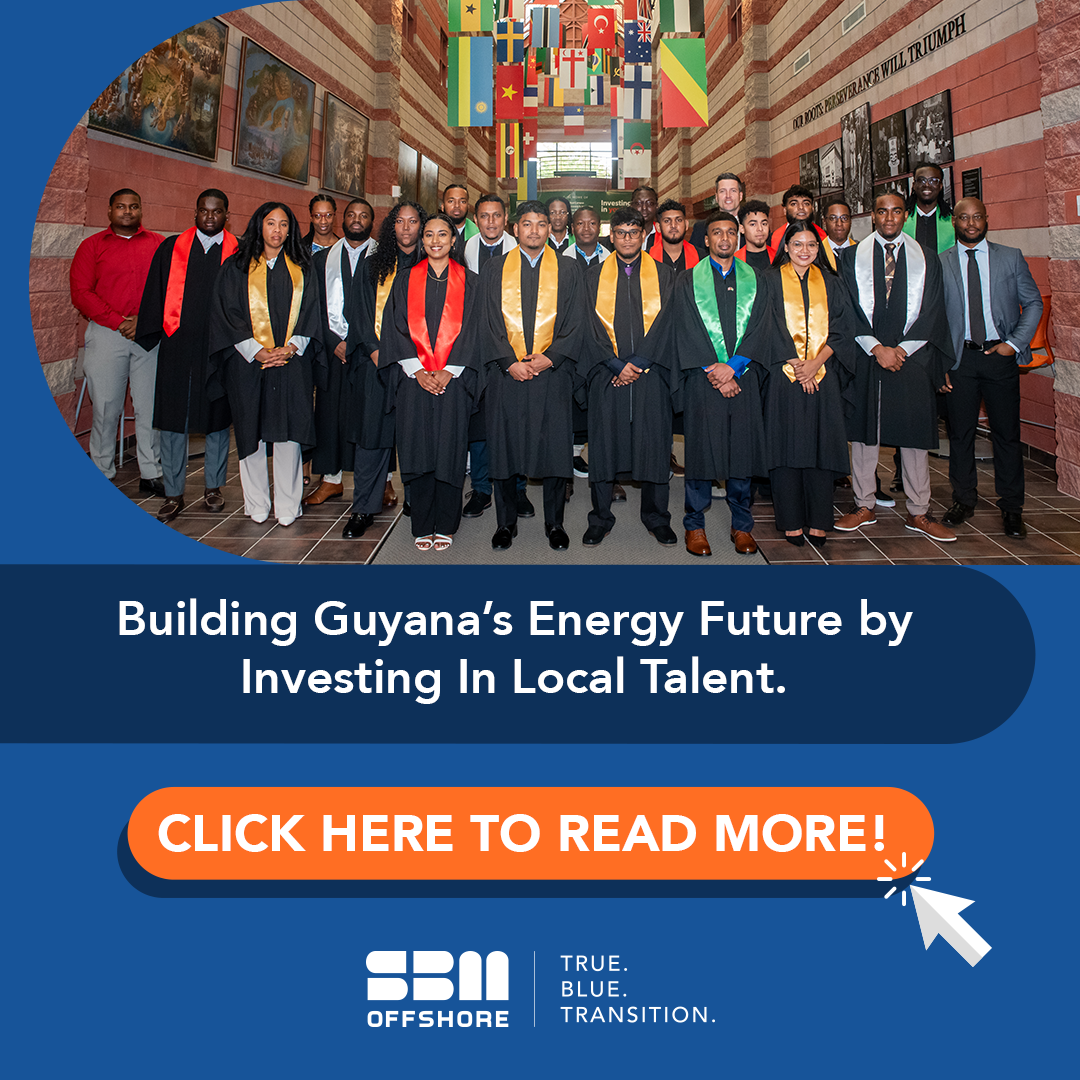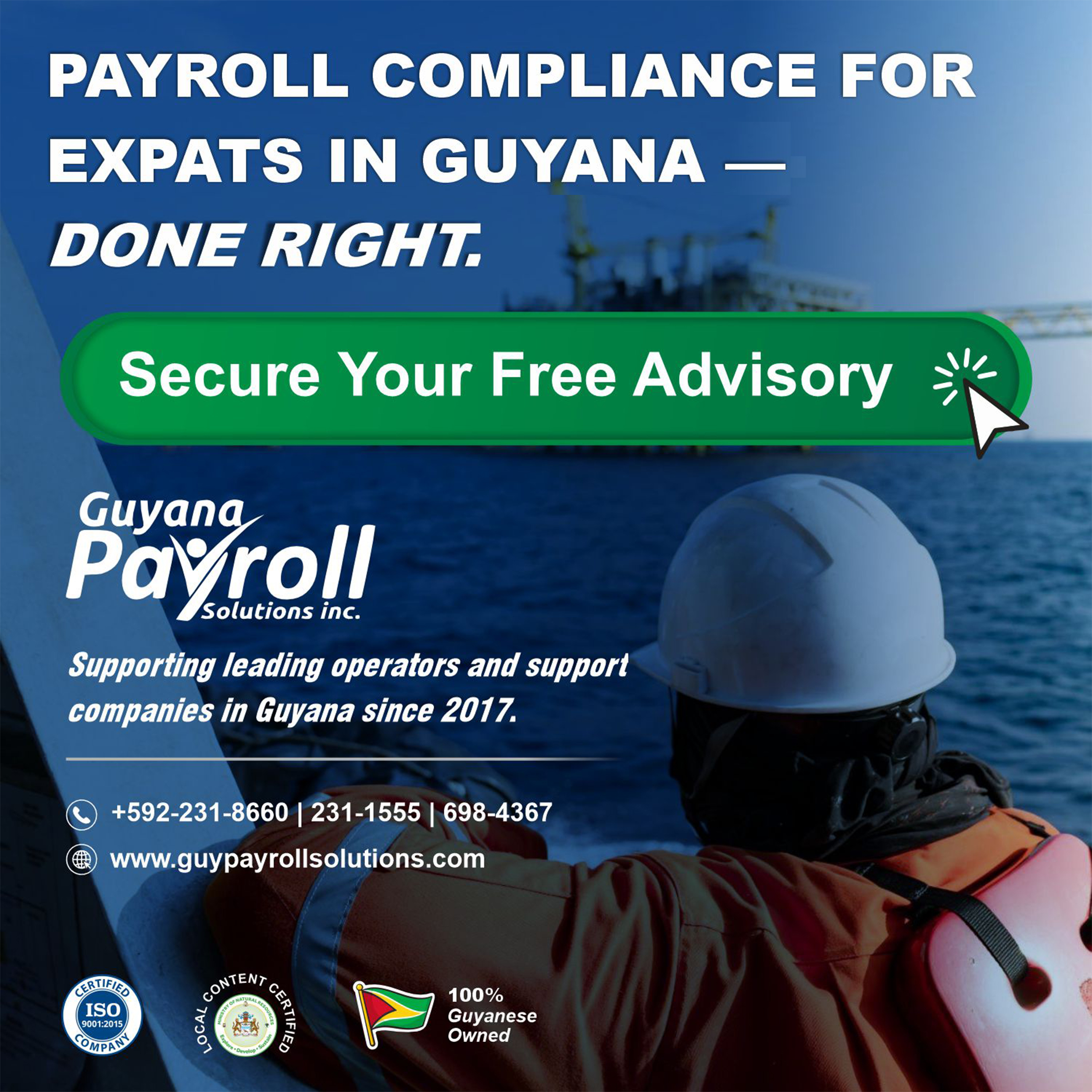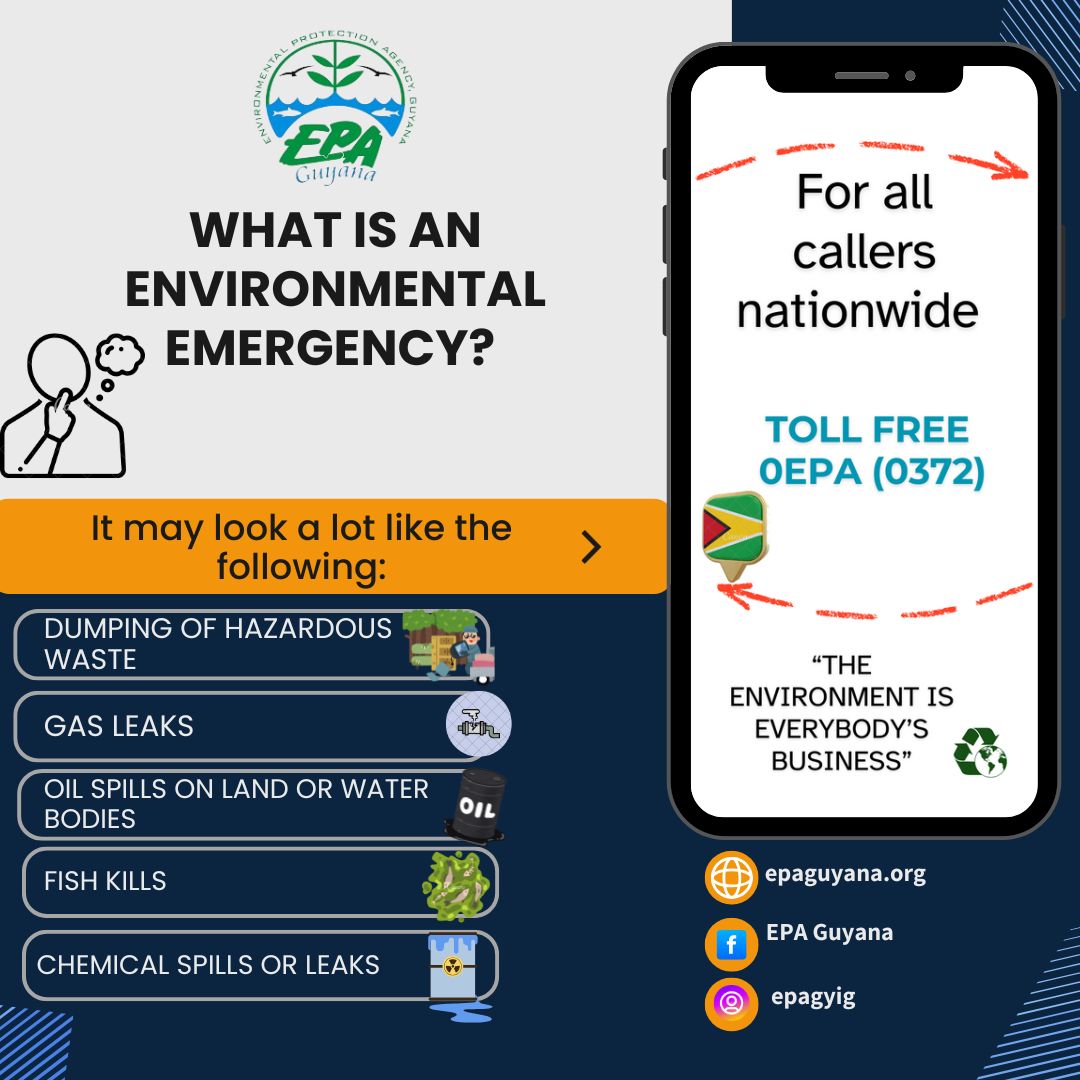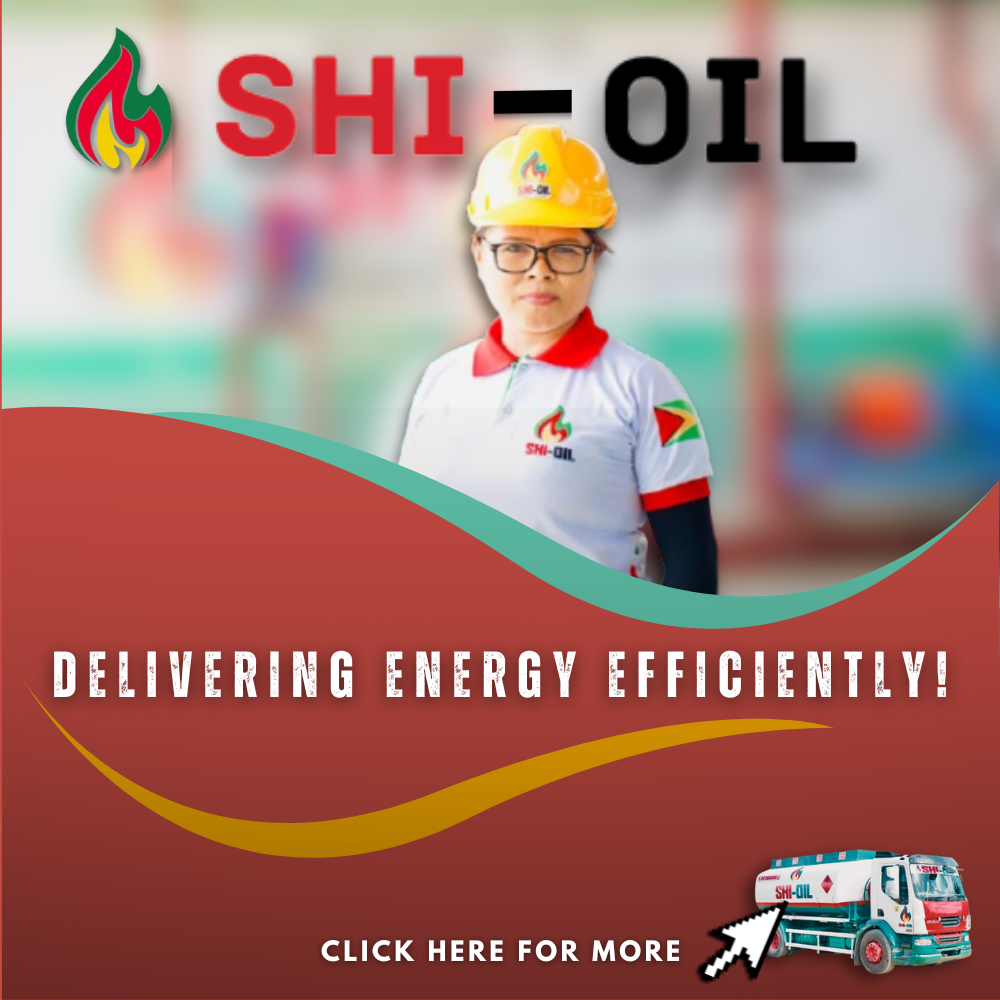Suriname is on the brink of a transformative energy era, but a shortage of skilled labor threatens to stall its momentum. At the center of this challenge is Staatsolie, the state-owned oil company spearheading the push into offshore oil production.
Managing Director of Staatsolie, Annand Jagesar did not mince words about the skills gap. “Only 7% of our workforce holds a bachelor’s degree or higher. For a country preparing to manage billion-dollar oil projects, this statistic reveals a stark readiness gap,” he said.
Jagesar emphasized that while the core of the oil and gas (O&G) industry is not laborintensive, the surrounding sectors, logistics, infrastructure, and services will require a substantial workforce. “Most jobs will be in the spin-off,” he said. “Suriname needs an even more qualified and educated workforce.”
Oil and gas expansion will demand engineers, project managers, marine specialists, environmental scientists, safety officers, and logistics professionals. Without local talent to fill these roles, Suriname may have to import labor, a trend seen in other energy-producing nations. “Foreign labor might be necessary as the sector expands, similar to the situation in the UAE,” Jagesar noted.
In response, Staatsolie is working to upskill the workforce. A notable initiative is the Blue Wave Supplier Development Program. Developed in partnership with Chevron, TotalEnergies, and PetroChina, it helps local small and medium-sized enterprises meet international standards. “This enables them to participate in tenders,” he said.
Beyond business development, Staatsolie also ― Bridging the skills gap is a top priority for Staatsolie Suriname Faces O&G Workforce Challenge 46 SURINAME DEVELOPMENTS offers targeted training programs for individuals. These programs align with the specific demands of the oil and gas sector. “We are working with educational institutions in Suriname to develop specialized training courses,” Jagesar added.
But up-skilling locals is just one piece of the puzzle. Jagesar said Suriname must also encourage its skilled diaspora to return home. “Encouraging Surinamese professionals abroad, particularly in the Netherlands, to return could help.”
The challenge of building a capable workforce is urgent. The demand for workers with O&G skills is rising quickly as offshore oil development accelerates.
The flagship project is GranMorgu, located in Block 58. Jagesar said it will produce up to 220,000 barrels of oil daily at peak, delivering between USD15-25 billion over 22 years. Staatsolie will hold a 20% stake in the development. “For this, we will need substantial financing, a total of around USD2.4 billion.”
This level of participation puts pressure on Staatsolie to have the right personnel in place. The company closed a local bond in March 2025, raising USD516.8 million. It also secured a USD1.6 billion bank loan to finance its participation via a loan agreement with a consortium of 18 international, regional, and local banks and financial institutions. Suriname’s offshore portfolio is broader than just Block 58. In Block 52, Petronas made a significant gas discovery. Flow tests exceeded expectations. “They are preparing for a Final Investment Decision in 2027,” Jagesar said. Two oil discoveries in the same block require further appraisal. The company will drill two more exploration wells this year.
Other opportunities lie in Blocks 64 and 65. According to Jagesar, discoveries there could open a new petroleum system for Suriname and potentially for neighboring Guyana.
Staatsolie has adopted a model Production Sharing Contract (PSC) structure to attract and retain foreign investors. “The conditions for Suriname are positive,” Jagesar said. The terms include a 6.25% royalty, profit oil sharing, and 36% income tax. “This results in a share for Suriname of 60-70% after costs, depending on the oil price.”
These PSC terms compare favorably with similar agreements in Guyana, Brazil, and Angola. Staatsolie can participate commercially in all development and production phases, strengthening its role as a strategic partner.
Jagesar said the project’s long-term attractiveness will depend on more than just geology. “We must also focus on building an investment-friendly environment.” That includes a stable regulatory framework, reliable infrastructure, and a skilled labor force.
Environmental protection is another part of the balancing act. Staatsolie has reduced methane emissions and produces a sustainability report annually. Its hydroelectric plant already supplies about 50% of the nation’s electricity. A 30-megawatt solar project is in the pipeline.
Offshore production will also adopt low-emission technology. “TotalEnergies has designed its systems to minimize emissions,” Jagesar said. While oil production typically emits 25 kg of CO₂ per barrel, the GranMorgu project aims for 18 kg through gas reinjection and flaring elimination.
Staatsolie is mulling long-term solutions like carbon capture and storage and further integration of renewable energy sources. “We take sustainability seriously,” Jagesar said.
Formed in 1980, Staatsolie began oil production in 1982. Over the decades, it has expanded into refining, power generation, and even gold mining. Managing Director of Staatsolie, Annand Jagesar Q2 2025 EDITION 47 “We have developed into an integrated energy company,” said Jagesar.
But now, offshore oil is the next frontier. Preparing for that shift has meant studying the trajectories of other producers. “We have been actively working with the government to create the right regulatory and fiscal environment,” Jagesar said. Staatsolie has studied the examples of Guyana, Trinidad and Tobago, and Norway to adopt global best practices.
Still, the infrastructure to support an offshore sector is not yet in place. “We need deepwater ports, service bases, and efficient logistics,” Jagesar said. Attracting investors for these projects remains an additional challenge.
The final hurdle may be managing public expectations. “Many people believe oil wealth will immediately transform the economy,” he said. “But it takes time and strategic planning to see the full benefits.”
Looking a decade ahead, Staatsolie expects to be at the center of a diversified energy mix. “We aim to be a leader in sustainability and innovation in the region,” Jagesar said.
He believes that the choices made today will define the country’s future. “Oil alone won’t build a nation, we must invest wisely in infrastructure, education, and diversification.”
His message to foreign investors is clear, “Suriname is open for business. We have a stable regulatory framework, promising oil and gas prospects, and a government that understands the importance of sustainable development.”
To Surinamese citizens, he offers a call to unity. “It will take all of us, government, businesses, and individuals, to turn this potential into real progress.”





